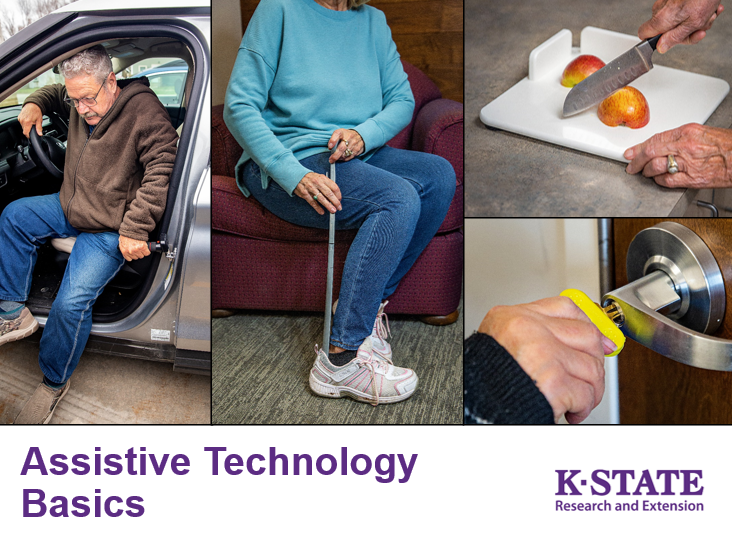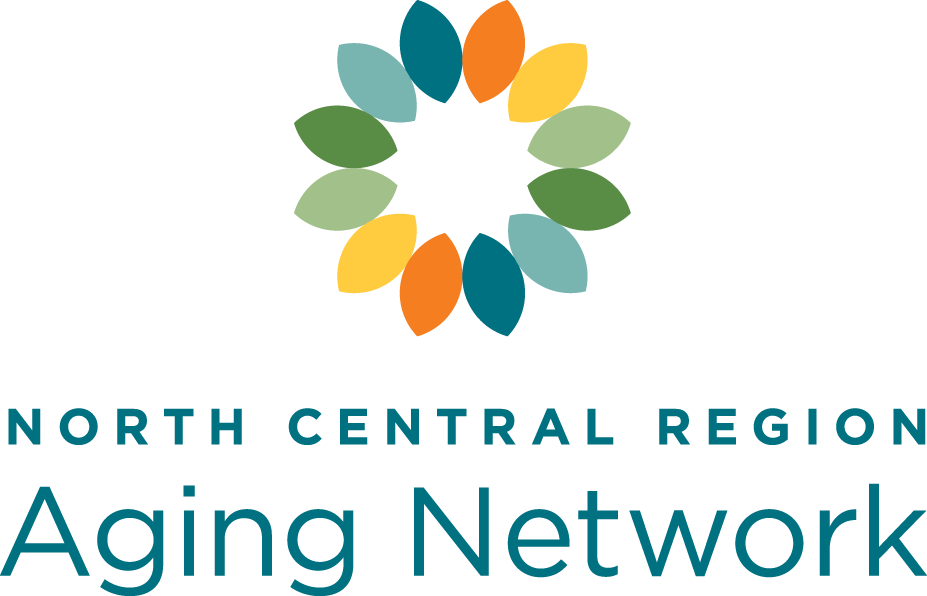
Responding to Social Isolation and Loneliness During the COVID-19 Pandemic
| Kristin Litzelman, PhD; Assistant Professor & Extension State Specialist; University of Wisconsin-Madison |
The COVID-19 pandemic has upended the way that we interact with one another across the country and across the globe. Social distancing has been a powerful tool to help protect our families and communities, especially those with chronic health conditions or disabilities who are therefore more vulnerable to illnesses. Yet limiting our contact with others can also lead to feelings of isolation and loneliness. This “double pandemic” of social isolation and COVID-19 can have real consequences for individuals and families – social isolation and loneliness are associated with increased risk of depression and anxiety, health conditions like heart disease, and even premature mortality.
Community organizations were quick to respond to this secondary crisis, adapting their programming, assessing emerging needs, and creating new opportunities to support the well-being of their audiences. A rich array of efforts has bubbled up in our communities, reflecting the unique constellation of needs, preferences, and innovations at the local level. Capturing this community-level wisdom can help other organizations and partners with their own responses and potentially increase collaboration, coordination, and effectiveness of these efforts.
In order to understand, collate, and amplify these efforts, Extension specialists and educators at the University of Wisconsin-Madison conducted a survey of community partners. The survey asked respondents to describe their programs, best practices, and lessons learned in responding to social isolation and loneliness in their communities. We then used a group “data jam” approach to identify themes in the survey responses. Our goal was to understand the breadth and depth of programming responses across the state, and highlight best practices and ongoing needs to help communities in their continued responses.
The survey revealed a diverse range of programming efforts, from educational programs and well-checks to support groups and media campaigns. Unsurprisingly, many programs sought to provide opportunities for social engagement and networking. For a large number of programs, however, social connection was seen as a fortuitous side effect of efforts focused on daily needs, such as home meal delivery programs. Many programs emphasized a light-hearted, fun approach and sought to let participants know that someone is thinking of them or give them something to look forward to.
Best practices centered around understanding the diverse needs and perspectives of individuals and families, and finding ways to accommodate many a range of needs, preferences, and technological skill levels.
Want to learn more about the survey results? See the full report here or view the NCRAN webinar presented on January 8, 2021. Consider joining us for the Wise Wisconsin Winter Series, which will focus on increasing joy and satisfaction in life especially during the winter months when people feel more isolated and lonely.
| Summary of Best Practices |
| Clear, consistent messaging |
| Multiple communication modes (mail, email, social media, etc.) |
| Multiple programming modalities (phone, videoconference) |
| Opportunities for peer connection |
| Collaboration and coordination with partners |
| Stakeholder and participant input |
Resources
- The Double Pandemic Of Social Isolation And COVID-19: Cross-Sector Policy Must Address Both | Health Affairs Blog . (2020). Retrieved 18 December 2020, from https://www.healthaffairs.org/do/10.1377/hblo
- Loneliness and Social Isolation Linked to Serious Health Conditions. (2020). Retrieved 18 December 2020, from https://www.cdc.gov/aging/publications/features/lonely-older-adults.html#:~:text=Loneliness%20is%20th
- The risks of social isolation. (2020). Retrieved 18 December 2020, from https://www.apa.org/monitor/2019/05/ce-corner-isolation
Photo by Dylan Ferreira on Unsplash



